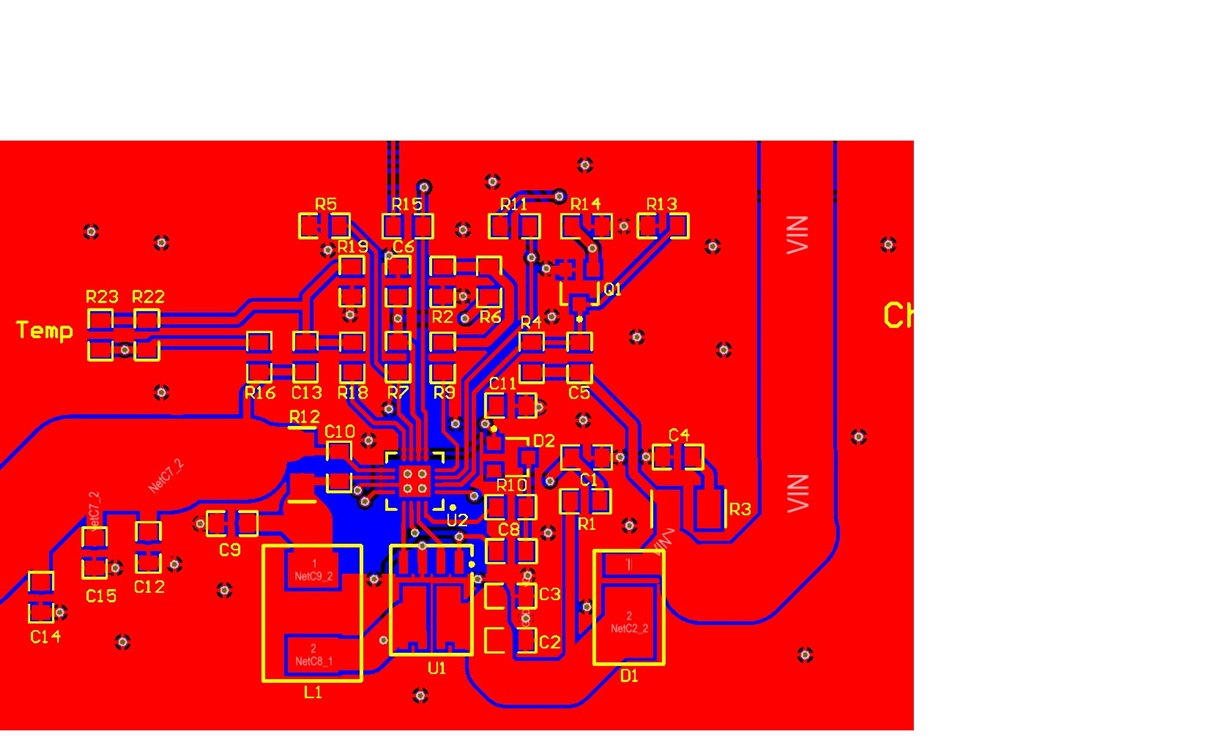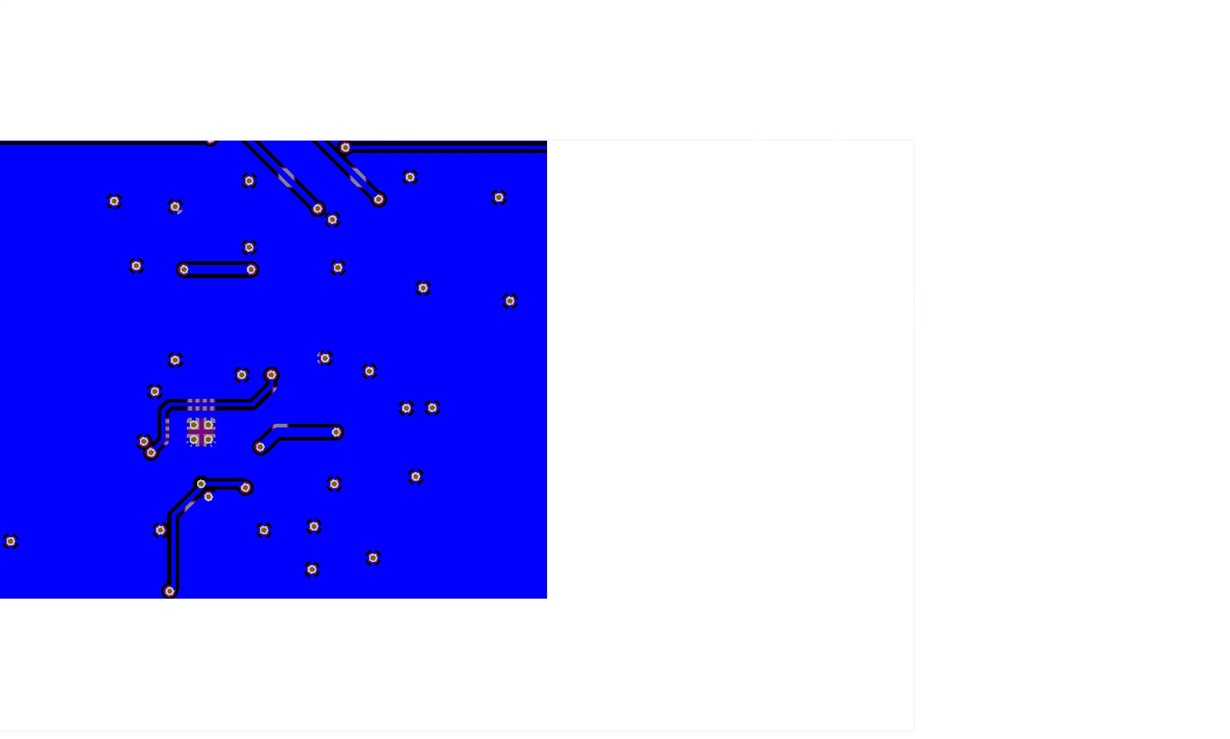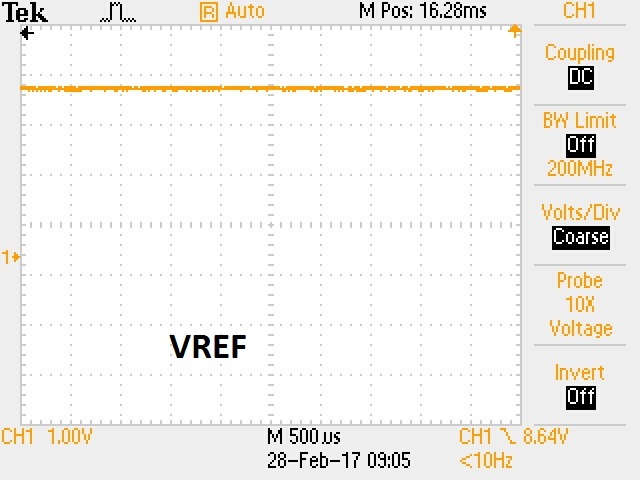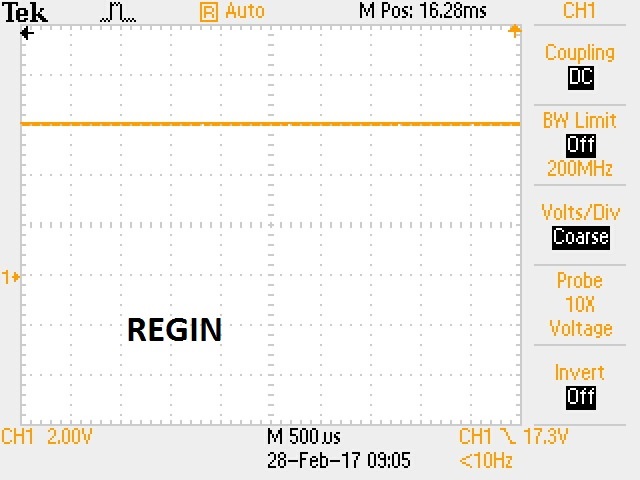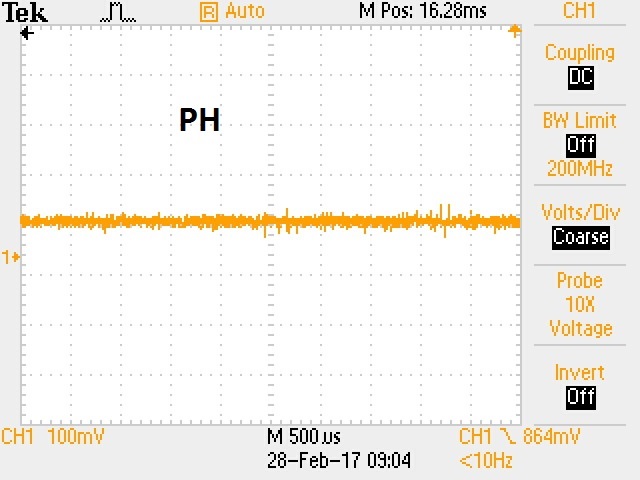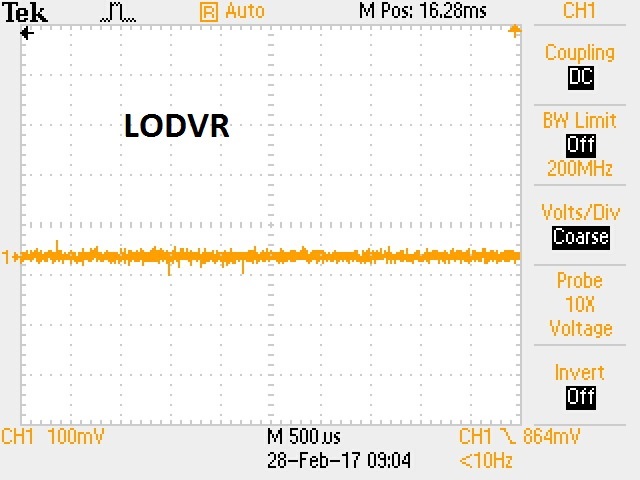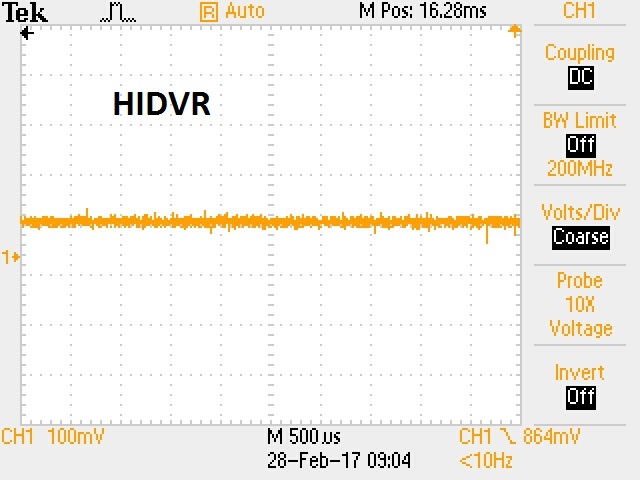Other Parts Discussed in Thread: CSD87350Q5D
Hi,
We are on our third board spin using the BQ24650 and we just can’t seem to get them to work reliably.
Our design is essentially the eval board setup for a 12v SLA battery.
We have built 20 of these boards in 3 different batches and only two have worked. The two that work are working well. The ones that don’t work we cannot seem to fix. We changed the QFN footprint twice, but we have also used the recommended footprint from the Altium Vault for this part.
When they don’t work the charge light is on but there is no output from the switcher and the FET drive pins are not doing anything.
It seems like something is marginal but we can’t find it despite some major effort of some senior guys.
This solar charger should be the simplest part of our project, but it is the only part that we can’t make work reliably. Any input would be appreciated. I enclosed the schematic (I think)..
Thanks,
Aaron


